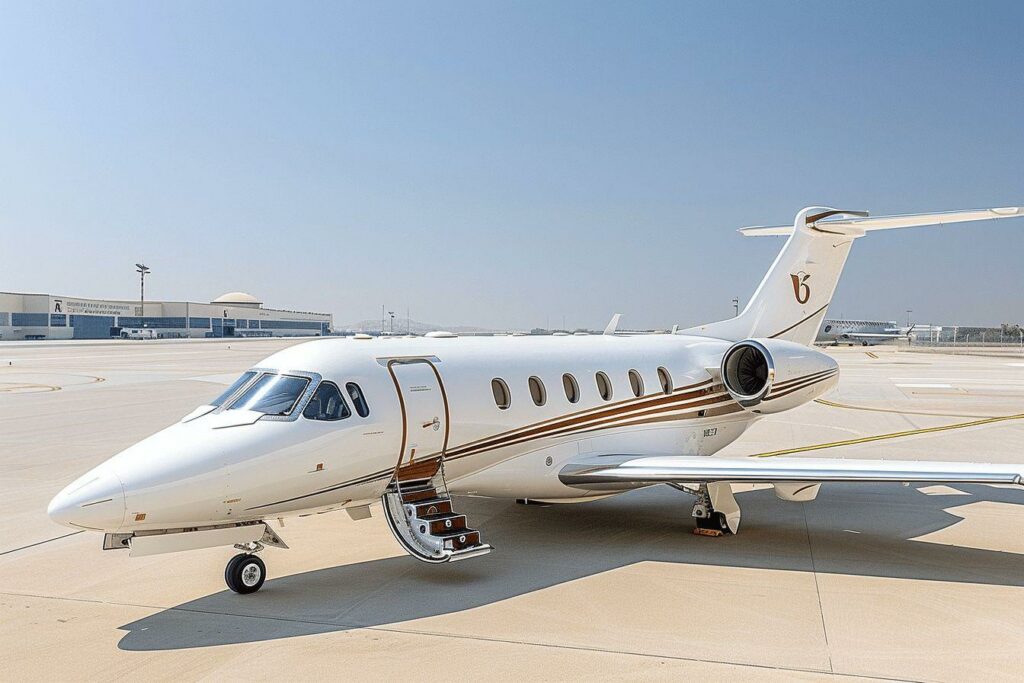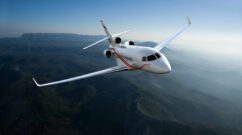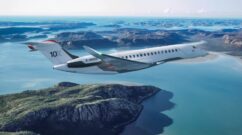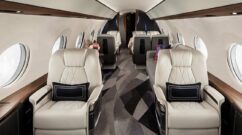Acquiring a private jet is not a “must”: it’s a patrimonial decision that generally comes into play when systematic recourse to chartering reaches a plateau of 250 to 300 annual hours, or when the company wants an aircraft configured exactly for its use (cabin, range, branding).
Over and above the purchase price, the key issue is ongoing management: crew recruitment, maintenance, regulatory compliance, budget monitoring, possible availability for charter… In other words, a technical asset that has become a cost center and needs to be managed with the same rigor as a logistics fleet.
Alongside its partners, AEROAFFAIRES supports you from the first budgetary question right through to the day-to-day life of the aircraft, and remains your single point of contact for every flight.

Understanding the complete purchase
Purchasing is a six-step process:
1) defining your needs
2) off-market research
3) technical inspection
4) negotiation
5) fiscal closing
6) commissioning
Average lead times: three to six months for a second-hand aircraft, one to two years for a factory-built model.
Over ten years, the all-inclusive annual budget ranges from €0.9 M (light jet) to €2.3 M (long-range).
Shared ownership: the flexible alternative
The principle
You buy a standardized fraction – say 1/8 – and have a guaranteed quota of hours. The program pools crew, maintenance and hangarage, making your fixed costs predictable.
Key facts
- Investment divided by 8 to 16.
- Standardized cabin and schedule; limited customization.
- Average cost: ~€5,700/hr over five years for a light jet (100 h/year).
Who’s it for?
Executives flying 80 – 200 hours with regular Europe / Middle East routes. We compare this model with full ownership and on-demand charter to help you make the right decision.
Support in 3 simple phases
- Analysis & Advice
- Mission profile, range, number of passengers.
- 10-year budget projection (fixed + variable costs).
- Research & Transaction
- Selection of new or used off-market equipment.
- Technical verification (logbooks, engines, repair history).
- Negotiation, taxation, immatriculation and turnkey delivery.
- Commissioning & Management
- Crew recruitment, maintenance contracts, hangarage.
- Monthly budget tracking, real-time digital reporting.
- Charter options to generate revenue and reduce costs.
Practical management
Delegating the management of your jet means saving hours of flying time… but above all, hours of peace of mind.
You eliminate technical complexity.
When a Falcon 2000 undergoes an unscheduled landing gear inspection, the management team immediately triggers a Part 145 network available 24/7, charters a replacement aircraft and keeps the owner informed with a time-stamped report.
Result: You continue to fly according to your original schedule, without tying up your diary or absorbing logistical stress.
You stabilize your costs.
On a Embraer Legacy 650 , the manager negotiates fuel prices on a year-round basis for ten recurring hubs, and mutualizes hull insurance, reducing premiums by 12%.
Result: Your budget is no longer a series of surprises; it becomes a predictable line that protects your cash flow and your investment decisions.
You preserve resale value.
Calling on a good manager allows you to optimize the value of your jet.
A Global 6000 maintained under the “Smart Parts” program and monitored by a unique CAMO retains up to 15% additional resale value after seven years.
The result: the day you change your aircraft, you get back a better-valued asset, while speeding up the transaction thanks to an impeccable technical history.
| What we manage | What you see |
|---|---|
| Crew planning, rating training | Clear availability calendar |
| CAMO* & safety audits | Early maintenance alerts |
| Hull & liability insurance | No-break coverage guarantee |
| Empty flight optimization | Simplified P&L table |
* Continuous Airworthiness Management Organisation
How much do you need to budget? (order of magnitude 250 h/year)
- Light jet: ~ 0,9 M € / year
- Super midsize: ~ 1.3 M € / year
- Long-range: ~ 2.3 M € / year
These amounts include crew, maintenance, hangarage and fuel. Charter revenues can cover up to 40% of fixed costs, depending on demand.
Crew
Your crew is more than just two certified pilots: it’s a complete team, selected for its technical expertise and sense of service. Regular simulator training, familiarization with sensitive destinations, availability planned over a twelve-month period: every flight begins with familiar faces and tried-and-tested procedures, ensuring punctuality and serenity on board.
Maintenance
A private jet needs to be ready, not just maintained. We work with a unique CAMO that tracks engine cycles, service bulletins and scheduled inspections in real time. Preventive maintenance is carried out overnight or between flights, avoiding surprise downtime and ensuring the aircraft’s resale value.
Hangar
Parking in a hangar protects your investment from UV rays, bad weather and the dust that accelerates corrosion. Our priority agreements in the main European hubs guarantee a secure, heated space under 24-hour surveillance, for a departure without de-icing or unforeseen delays, even in the middle of winter.
Fuel
Fuel costs fluctuate according to the price of the barrel, but not for you: by centralizing your refueling via framework contracts on the most frequent stopovers, we lock in a price per gallon and eliminate sudden increases. In this way, you control your hourly cost, while reducing your carbon footprint by optimizing flight plans and using available SAF.
Does the aircraft need to be registered in Europe?
We analyse taxation (VAT, customs) and EASA regulations; sometimes a non-EU registry may be relevant.
Can I keep my current crew?
Yes, we integrate your crew or recruit carefully selected pilots with certified ongoing training.
Is chartering mandatory?
Never. We only offer a revenue plan if you want it and within the limits you set.




